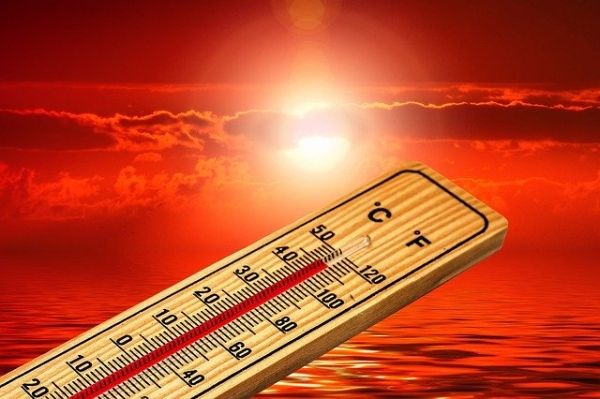Negative extreme weather impacts driven by climate change represent a risk to current and future Texans, according to John Nielsen-Gammon, Texas State Climatologist and Texas A&M University Regents Professor in the Department of Atmospheric Sciences.
In a new report published today Nielsen-Gammon and Texas A&M researchers analyze what Texas’ climate and weather conditions will be like when the state turns 200 in 2036. Using observed and analyzed historical meteorological and climate data, the report describes future extreme weather risks facing the state.
“Anyone who is impacted by weather and climate and anybody who cares about the future of Texas should read this report,” Nielsen-Gammon said.
The report’s data and analysis show that:
- The number of 100-degree days will double by 2036, compared to the 2000-2018 average.
- The expected average temperature in 2036 will be about 3 degrees warmer than the average over the last half of the last century.
- By 2036, extreme rainfall is expected to be 30-50 percent more frequent than the 1950-1999 average, causing more flooding — especially in Houston and other Texas cities where impervious surfaces increase rainwater runoff intensity.
- Higher temperatures and increased rainfall variability will cause more intense droughts.
- For some parts of the Texas coast, the storm surge risk may double by 2050 due to sea level rise and more intense hurricanes.
Continue reading at Texas A&M University
Image via Pixabay, CC0 Creative Commons


